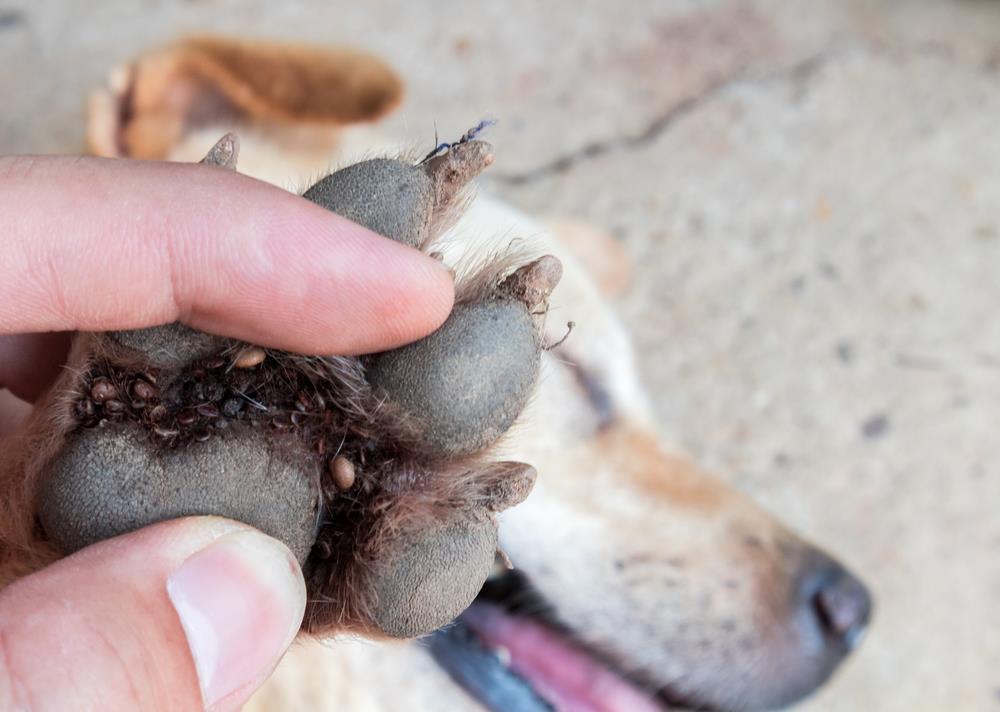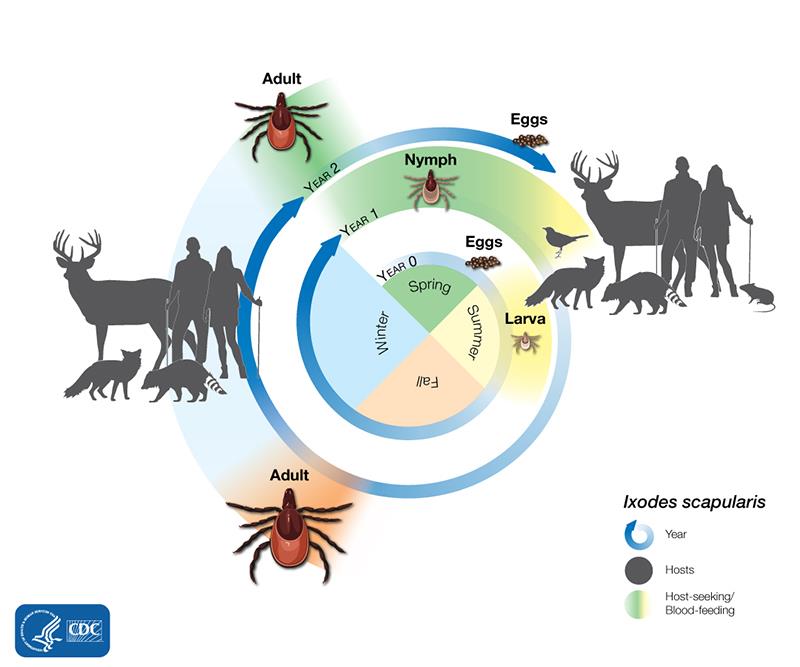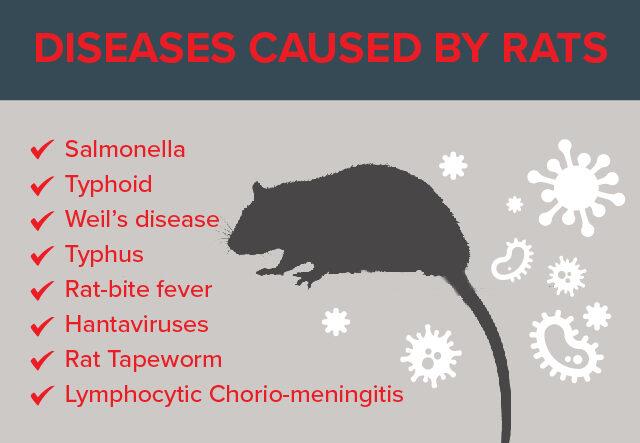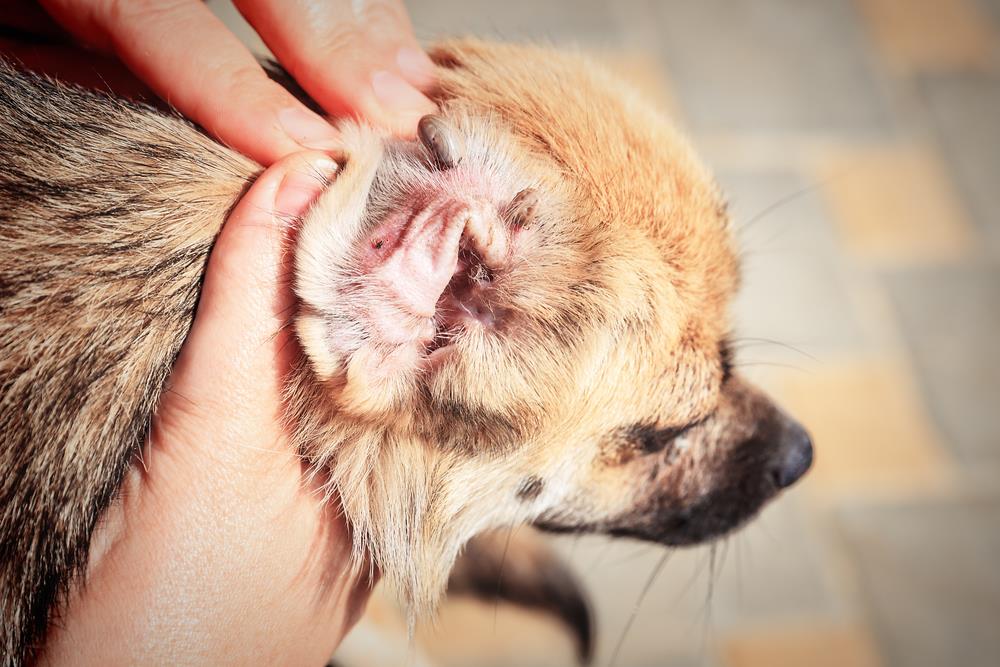Our beloved pets frequently encounter a variety of common pests, posing potential risks to their health and wellbeing. Pests such as fleas, ticks, and mites are ubiquitous in nature and can readily infest domestic animals, causing discomfort and disease.
Overview of Potential Risks Associated With Pests
These pests can transmit a range of harmful zoonotic diseases, including Lyme disease and parasites, potentially causing severe health complications. Additionally, pets can bring these pests into our homes, putting human occupants at risk too.
Understanding the risks associated with these common pests is crucial for the welfare of both our pets and ourselves. Effective prevention and control methods can mitigate these risks, ensuring our pets stay healthy and our homes remain pest-free.
Domestic Pets and Parasites: A Closer Look
Our beloved pets are not immune to the threat of parasites, with common examples including ticks, fleas, and mites. These persistent pests can have a significant impact on a pet’s health, causing discomfort, irritation, and in some cases, more serious health issues.
Parasites like ticks, fleas, and mites feed on the blood of their hosts, leading to symptoms such as itching, redness, and inflammation. In severe cases, pets may exhibit behavioural changes, loss of appetite, or anaemia. It’s crucial for pet owners to recognise these signs early to prevent further complications.

Regular health checks, proper grooming practices, and preventative treatments can help keep these parasites at bay, ensuring our pets remain healthy and happy.
[Recommend the addition of a chart showing the lifecycle of common parasites for a more comprehensive understanding.]

Rodent Intruders: Risks and Prevention
It’s no secret that rodents like rats and mice pose significant risks to both humans and pets. As unwelcome guests, they can cause substantial damage to your home and potentially transmit deadly diseases. According to the Centers for Disease Control and Prevention, rodents can directly transmit over 35 diseases to pets and humans, including Hantavirus, Salmonellosis, and Leptospirosis.

Preventing rodent infestations is crucial for the health and safety of your pets. Regular inspection and maintenance of your property can help you detect signs of infestations early. Ensure that food sources are properly sealed and stored. Using rodenticides or traps can help control an existing infestation. But always remember, prevention is better than cure.
Understanding the risks that pests like rodents pose to our pets is a significant step in ensuring their wellbeing. Armed with this knowledge, we can take appropriate measures to keep our homes and pets safe.
Recommend adding a chart or image showing effective rodent prevention measures here.

Insect Threats: From Mosquitoes to Bees
When it comes to pets and pests, insects like mosquitoes, bees, and wasps present notable threats. Mosquitoes are not just nuisances; they are carriers of diseases such as heartworm that can be fatal to your pets.
Bees and wasps, on the other hand, can induce allergic reactions in pets. A single sting can cause swelling, itching, and discomfort, while multiple stings can lead to severe reactions such as difficulty breathing or even anaphylaxis, a life-threatening allergic reaction.
Protecting Pets from Insect Threats
Prevention is always better than cure. Regular use of vet-approved flea and tick treatments and heartworm preventatives can safeguard your pets from these deadly insects. In addition, keep your pets indoors during peak mosquito times and always supervise them around bees and wasps.
Advice on Protecting Pets from Wildlife Encounters
- Ensure pets are vaccinated. This can help protect them from diseases carried by wildlife.
- Keep pets indoors at night. Many wild animals are nocturnal and more likely to encounter your pets after sunset.
- Secure your property. This can deter wildlife from entering and posing a risk to your pets.
By understanding and mitigating the risks associated with wildlife, we can ensure our pets’ safety and health.
Impacts of Pests on Pet Health: Short-Term and Long-Term Effects
It’s crucial to understand the immediate and extended implications of pests on pet health. Immediately after a pest encounter, pets may experience symptoms such as itching, redness, swelling, and discomfort. In some cases, the pet may show signs of distress, including restlessness and loss of appetite.

In the long term, pests can lead to severe health problems in pets. Pests like ticks and fleas can transmit diseases such as Lyme disease and tapeworms, which can cause serious health issues if not treated promptly.
Potential for Pests to Cause Chronic Health Issues
Pests can potentially cause chronic health issues in pets. For instance, heartworms, transmitted through mosquito bites, can lead to heart failure in dogs if left untreated. Chronic skin conditions resulting from flea infestations are another concern. It’s essential for pet owners to understand these risks and take preventative measures.
Treating Pets After Pests Encounters: An Essential Guide for Pet Owners
In the event of a pest encounter, various treatments are available for your beloved pets. These range from topical solutions, oral medications, to prescription treatments. It’s essential to recognise the signs of a possible infestation, such as excessive scratching or changes in behaviour.
For serious cases, seeking veterinary care is crucial. If your pet shows severe symptoms like lethargy, loss of appetite, or unusual aggressiveness, it’s time to consult a professional.
Home Care and Prevention Strategies
At home, maintain a clean environment to minimise the risk of pests. Regular bathing and grooming can prevent infestations. Pest repellents designed for pets can also be beneficial.
When it comes to prevention, regular check-ups can help detect early signs of pest-related issues.
Understanding the Risks
Understanding the risks of pests is paramount for pet owners. Pests can transmit diseases, cause discomfort, and potentially lead to serious health issues. Hence, it’s essential to understand the risks and take necessary measures to protect your pets.
Conclusion: A Balanced Perspective on Pets and Pests
In this journey of understanding the risks of pets and pests, we’ve explored both hazards and preventive measures. Pets, though bundles of joy, can inadvertently harbour pests, posing potential health risks to themselves and their owners. On the flip side, pests can wreak havoc in our homes, affecting our quality of life.
Prevention, as they say, is better than cure. Staying informed about potential pest threats, recognising early signs, and seeking prompt treatment are paramount. Regular vet visits, maintaining excellent hygiene, and using approved pest control methods can help mitigate risks.
As pet owners, it’s our responsibility to not only provide a loving home for our pets but also to ensure their health and ours. Thus, gaining a balanced perspective on pets and pests is essential. Stay vigilant, stay informed.


